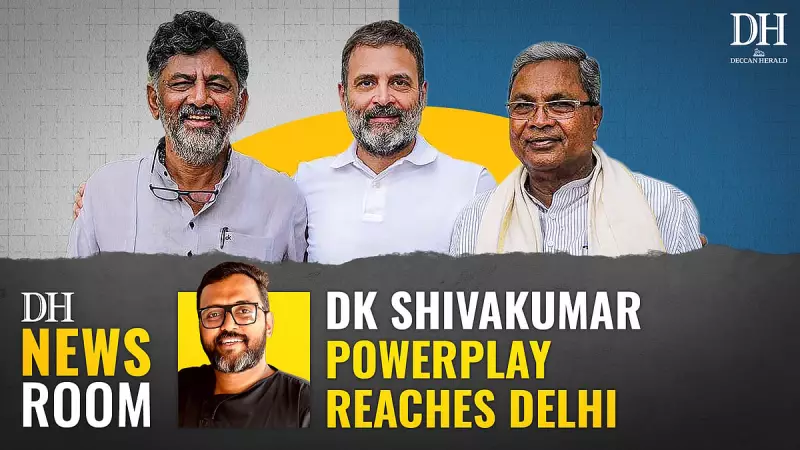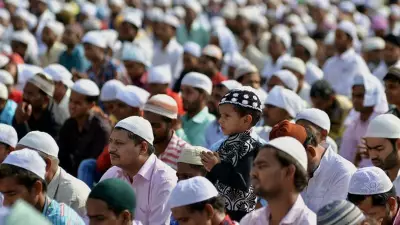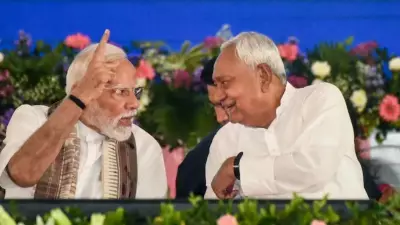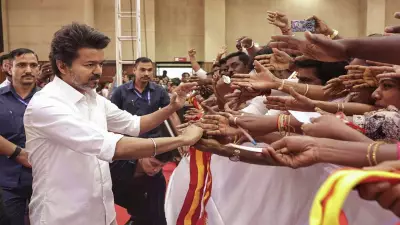
The political corridors of Karnataka are buzzing with intense speculation as DK Shivakumar, the state Congress president, continues his determined pursuit of the chief minister's position. Despite his instrumental role in securing the party's victory in the 2023 assembly elections, the coveted post remains just beyond his grasp, creating one of the most compelling political dramas in recent state history.
The Leadership Conundrum: A Tale of Two Power Centers
The Congress high command finds itself navigating a complex political maze as it balances the ambitions of two formidable leaders. On one side stands DK Shivakumar, the energetic state party president who engineered the electoral triumph. On the other sits Siddaramaiah, the veteran leader with mass appeal who currently occupies the chief minister's chair.
This delicate balancing act has created an unprecedented power-sharing arrangement that has kept political observers on edge. The party leadership has been carefully managing both ambitions, aware that any misstep could upset the delicate equilibrium within the Karnataka Congress.
Structural Hurdles in the Political Landscape
Several significant factors are contributing to the ongoing stalemate. The numerical strength of both factions within the legislative party presents a critical challenge. While Siddaramaiah commands substantial support among newly elected MLAs, Shivakumar's influence stems from his organizational capabilities and his strong base among the Vokkaliga community.
Another crucial consideration is the upcoming Lok Sabha elections. The Congress high command is carefully weighing which leadership combination would maximize the party's performance in the parliamentary polls. This strategic calculation is adding layers of complexity to what is already a sensitive decision.
The regional and caste equations further complicate matters. Shivakumar's strong roots in the Old Mysore region and his influence among Vokkaliga voters make him an asset the party cannot ignore. However, the need for broader social engineering across communities requires careful navigation.
The Waiting Game and Future Scenarios
As the political drama unfolds, both leaders have maintained public decorum while their supporters engage in occasional public posturing. Shivakumar has repeatedly emphasized his loyalty to the party high command while subtly reminding everyone of his contributions to the electoral success.
The situation represents a classic power struggle within a political party that has returned to power after a significant hiatus. The Congress leadership's decision will set important precedents for how the party manages internal democracy and leadership transitions in other states.
Political analysts suggest that the resolution might come through a carefully negotiated settlement that addresses the aspirations of both leaders while maintaining party unity. This could involve rotational arrangements or expanded responsibilities that acknowledge Shivakumar's crucial role in the party's Karnataka revival.
Meanwhile, the Bharatiya Janata Party is watching these developments closely, ready to capitalize on any signs of discontent within the ruling party. The ongoing situation serves as a reminder that electoral victory is only the first step in the complex game of political management.
As Karnataka watches this high-stakes political drama unfold, the ultimate decision will not only determine the state's leadership but also signal the Congress party's approach to managing ambitious regional satraps in the run-up to national elections.





